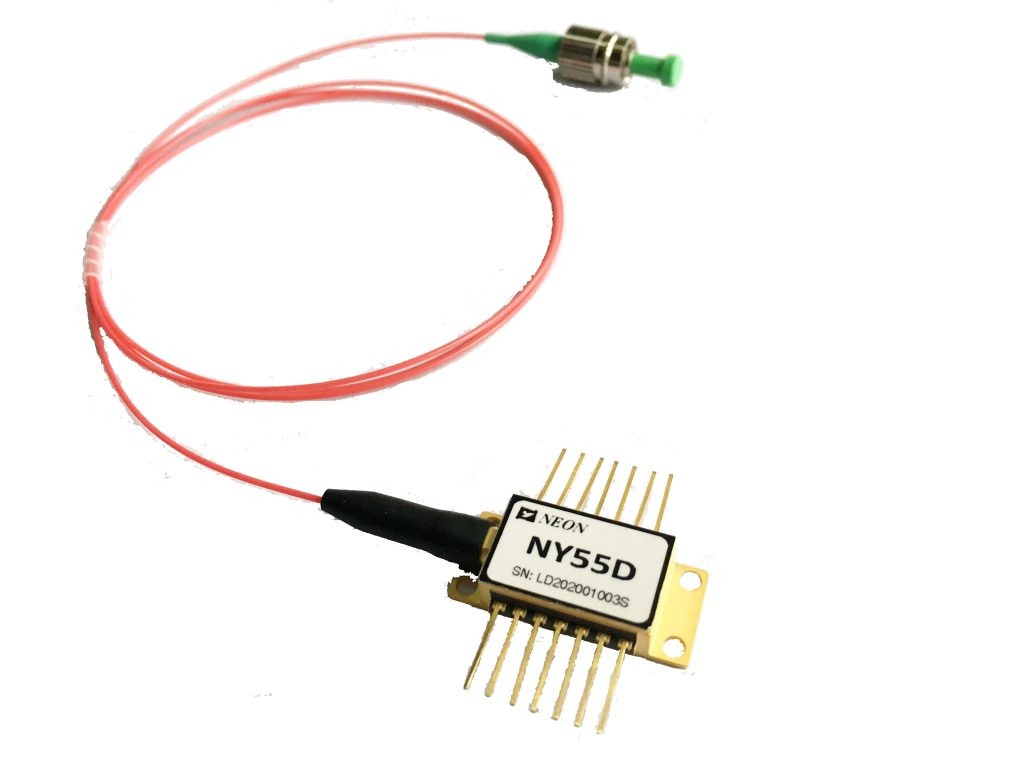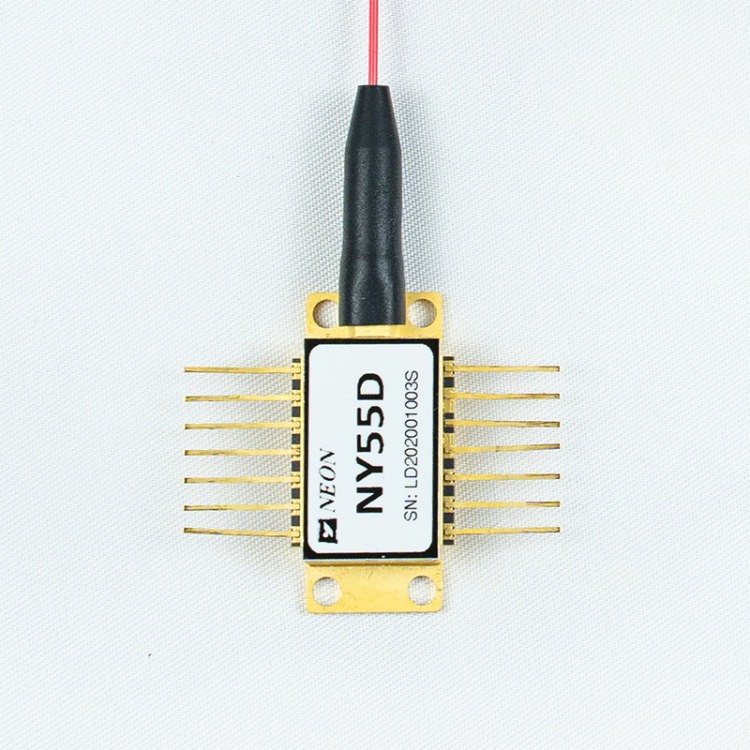The Role of Directly Modulated Lasers in Industrial Automation
As one of the most significant scientific achievements of the 20th century, laser technology has become indispensable in modern industries. Among various types of lasers, directly modulated lasers (DML lasers) stand out due to their simplicity, cost-effectiveness, high modulation bandwidth, and reliability. These features have propelled DML lasers into the spotlight for numerous applications in industrial automation. This article explores the classification, working principles, and advantages of DML lasers, with a particular focus on their applications in industrial automation.

Classification and Working Principles of DML Lasers
Directly modulated lasers are categorized into several types based on their structure and functionality:
- Distributed Feedback (DFB) Lasers: Leveraging a grating structure for single-mode output, DFB lasers are characterized by narrow linewidth and high stability, making them widely used in optical communication systems.
- Vertical-Cavity Surface-Emitting Lasers (VCSELs): With their beam emitted perpendicular to the chip surface, VCSELs offer low threshold current, high efficiency, and compact size. These features make them suitable for short-distance optical interconnects and fiber-to-the-desk applications.
- Edge-Emitting Lasers (EELs): Emitting light from the chip edge, EELs are known for their simplicity and low cost. They find applications in fiber sensors and laser ranging systems.
The working principle of DML lasers involves direct modulation of the injection current, altering the laser’s output power, and encoding the optical signal. Once the injection current exceeds a threshold, the laser begins to emit light. By adjusting the current’s magnitude and frequency, the laser’s output can be modulated for continuous or digital signal transmission.
Advantages of Directly Modulated Lasers
DML lasers possess several unique benefits that contribute to their critical role in modern photonics:
1. Structural Simplicity and Low Cost
- Simplified Design: DML lasers consist of basic components like a semiconductor laser chip and optical resonator, enabling mature manufacturing processes and cost-effective production.
- Mass Production: Their design supports automated, large-scale manufacturing, further reducing unit costs.
- Material Versatility: DML lasers can be made using traditional III-V compound semiconductors or novel silicon-based materials, providing flexibility for performance optimization.
2. High Modulation Bandwidth and Fast Response
- Direct Current Modulation: The laser’s output is directly modulated by changing the injection current, ensuring high modulation bandwidth and rapid signal response.
- High-Speed Data Transfer: These features make DML lasers ideal for applications like 5G communications and data center interconnects.
- Low Latency: Quick response times enable enhanced system real-time performance.
3. High Integration and System Compatibility
- Miniaturization: Compact designs facilitate integration into diverse optical systems, supporting miniaturization and portability.
- Modular Integration: DML lasers can be combined with other optical or electronic components to form multifunctional modules, simplifying system assembly and maintenance.
- Multifunctionality: The potential for optical-electronic integration expands their application scope.
4. High Reliability and Long Lifespan
- Stable Materials: The semiconductor materials used in DML lasers are highly durable, ensuring consistent performance even in harsh environments.
- Advanced Packaging: Modern packaging technologies protect DML lasers from external damage.
- Extended Lifetime: Long mean time between failures (MTBF) ensures reliable, long-term operation.

Applications of DML Lasers in Industrial Automation
DML lasers hold immense potential across various domains of industrial automation:
1. High-Speed Data Transmission
- Industrial Fieldbus Systems: DML lasers enable fast, reliable communication in systems like PROFINET and EtherCAT.
- Industrial Ethernet: High bandwidth and low latency make DML lasers ideal for real-time data transmission in automation networks.
2. Fiber Optic Sensors
- Temperature Measurement: DML lasers are used in fiber sensors for precise temperature monitoring in industries such as metallurgy and petrochemicals.
- Strain Monitoring: They help monitor structural strain to ensure equipment integrity and prevent failures.
- Pressure Sensing: DML lasers enable accurate pressure measurements in hydraulic and pneumatic systems.
3. Laser Ranging and Measurement
- Non-Contact Measurement: DML lasers facilitate high-precision, non-contact measurement systems for robotics and production lines.
- 3D Scanning: They are instrumental in 3D scanning for reverse engineering and product design.
4. Machine Vision
- Object Recognition: DML lasers provide reliable illumination for object detection in automated systems.
- Defect Detection: They aid in identifying surface defects to enhance product quality.
- Measurement and Positioning: DML lasers measure dimensions, shapes, and positions of objects, streamlining production workflows.
5. Industrial Automation Control:
- Process Monitoring: DML lasers enable real-time monitoring and control of manufacturing processes.
- Robotic Systems: They supply optical feedback for precise robotic motion control.

To sum up, directly modulated lasers are revolutionizing industrial automation with their unmatched efficiency, reliability, and adaptability. As technology advances, DML lasers will play an increasingly vital role in shaping intelligent and automated industrial systems. Their potential to enhance productivity, precision, and efficiency highlights their significance as a cornerstone of modern industry.








